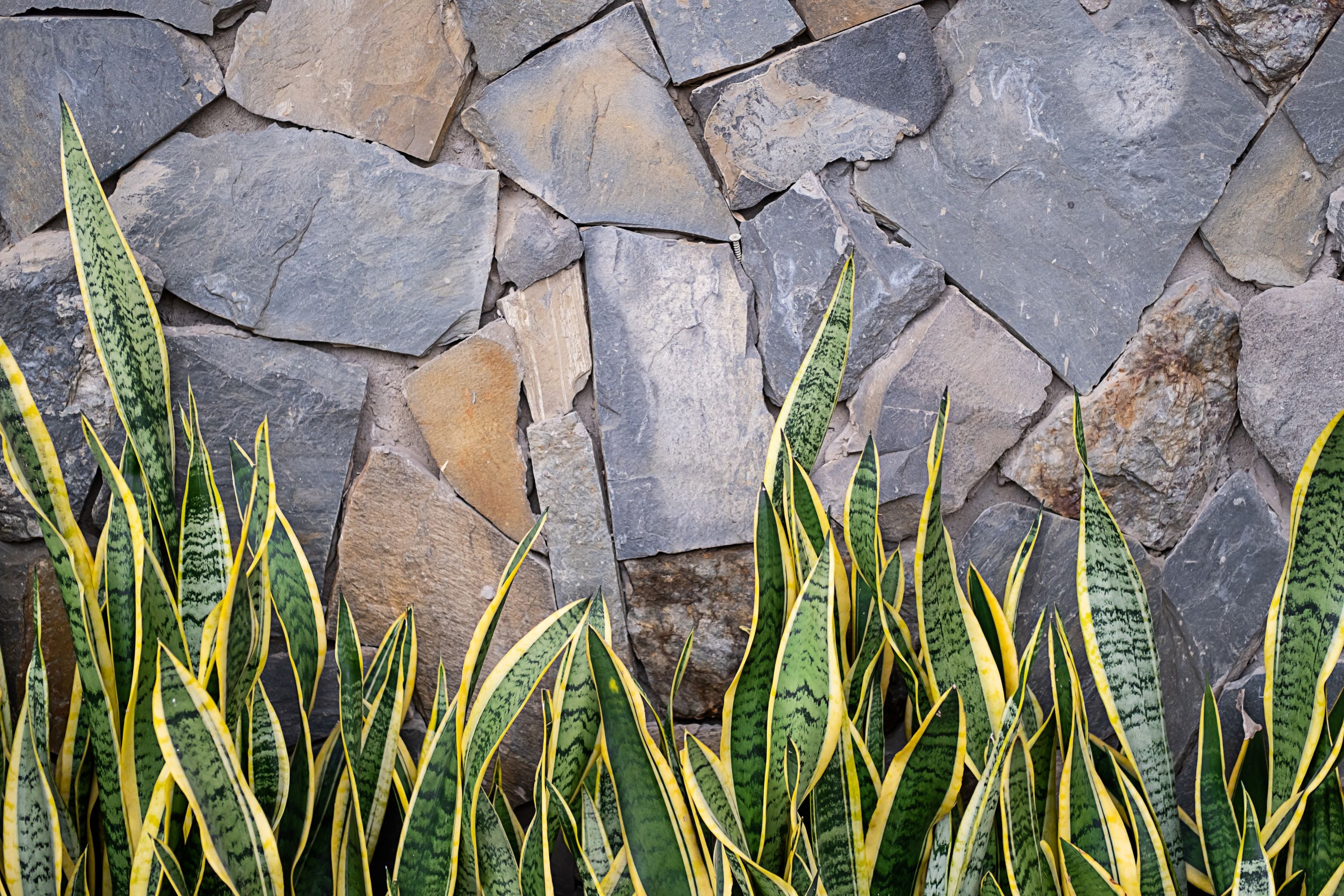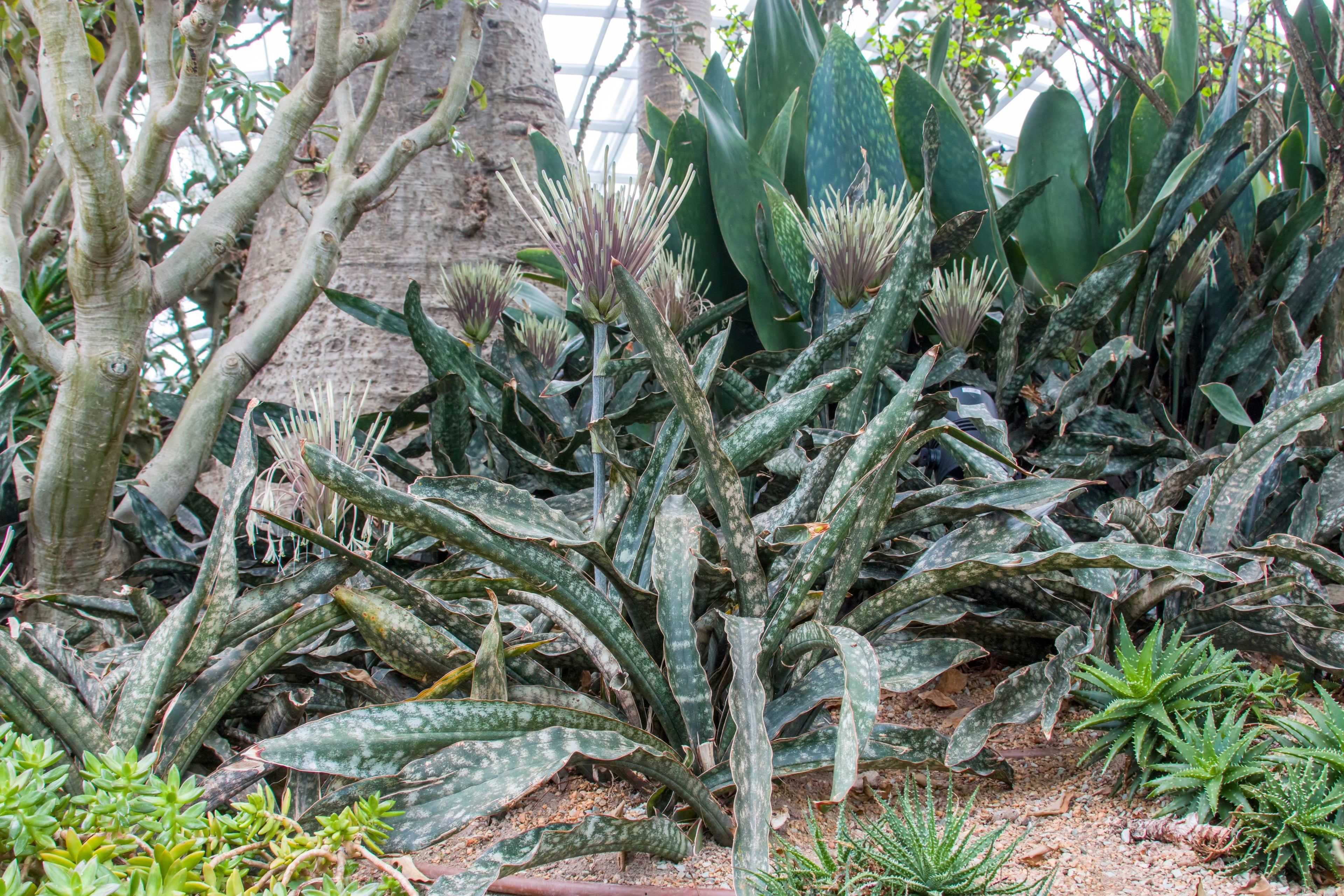Snake Plant Care Overview
-
Sunlight
Medium Light
-
Soil
Succulent or cactus mix
-
Watering
Infrequently
-
Temperature
55-85°F
-
Humidity
30-50%
-
Toxic
Toxic to people and pets

Genetics Vs. Morphology
Snake plants, formerly known as Sansevieria, have been reclassified as Dracaena trifasciata due to genetic and morphological similarities discovered in recent studies. This places snake plants in the same genus as other well-known houseplants like the dragon tree and lucky bamboo.
Snake Plant Care Requirements
With minimal care, snake plants can maintain their stunning appearance. To create an optimal environment for your snake plants, follow the recommendations below and watch them thrive.
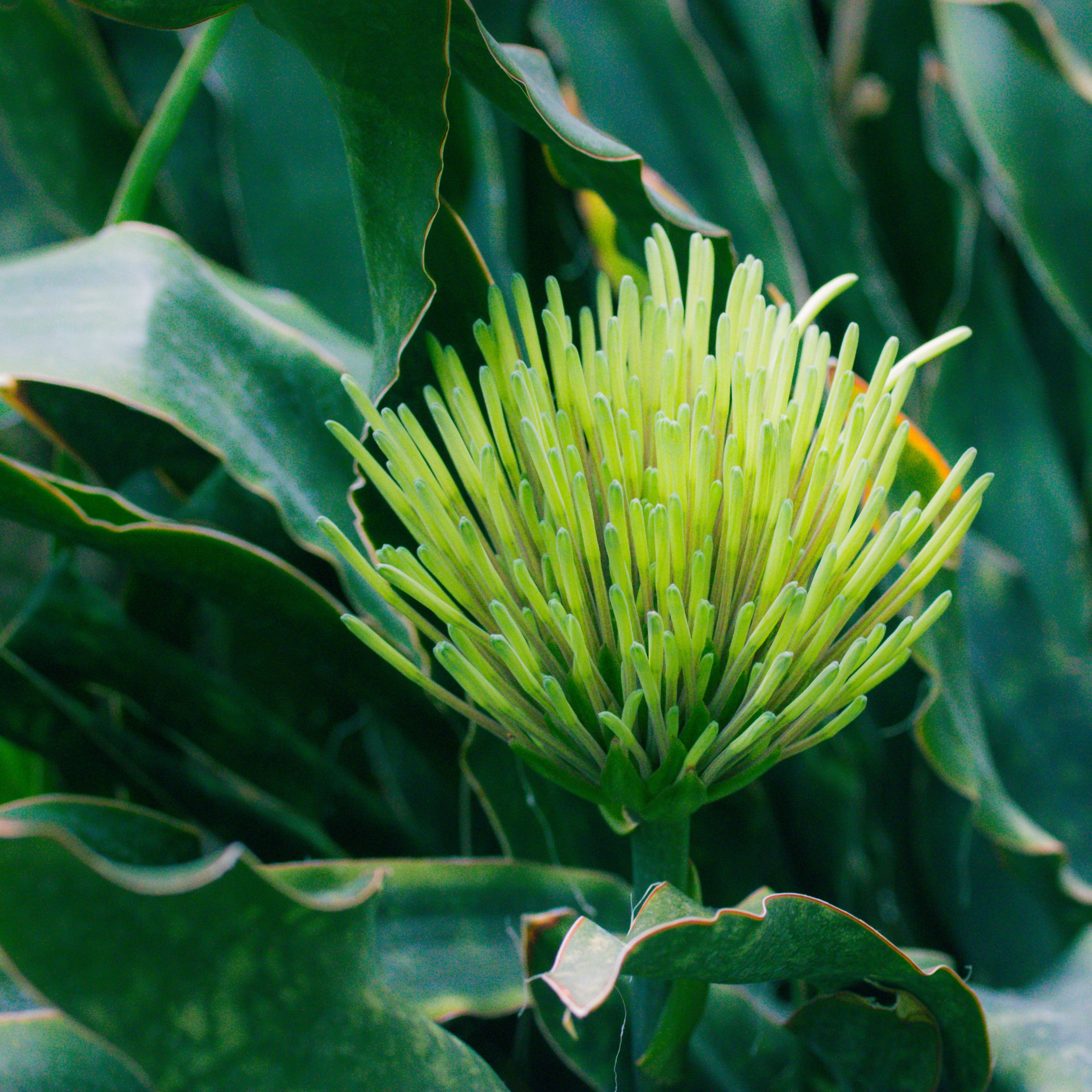
Lighting
Flexible with light, snake plants can handle a range from low light to bright, indirect light. For optimal growth and a chance at the rare indoor bloom, provide them with about 6 to 8 hours of bright light per day. Snake plant flowers appear in alien clusters of greenish-white and rarely bloom indoors. Avoid direct sunlight, which can lead to leaf scorching.
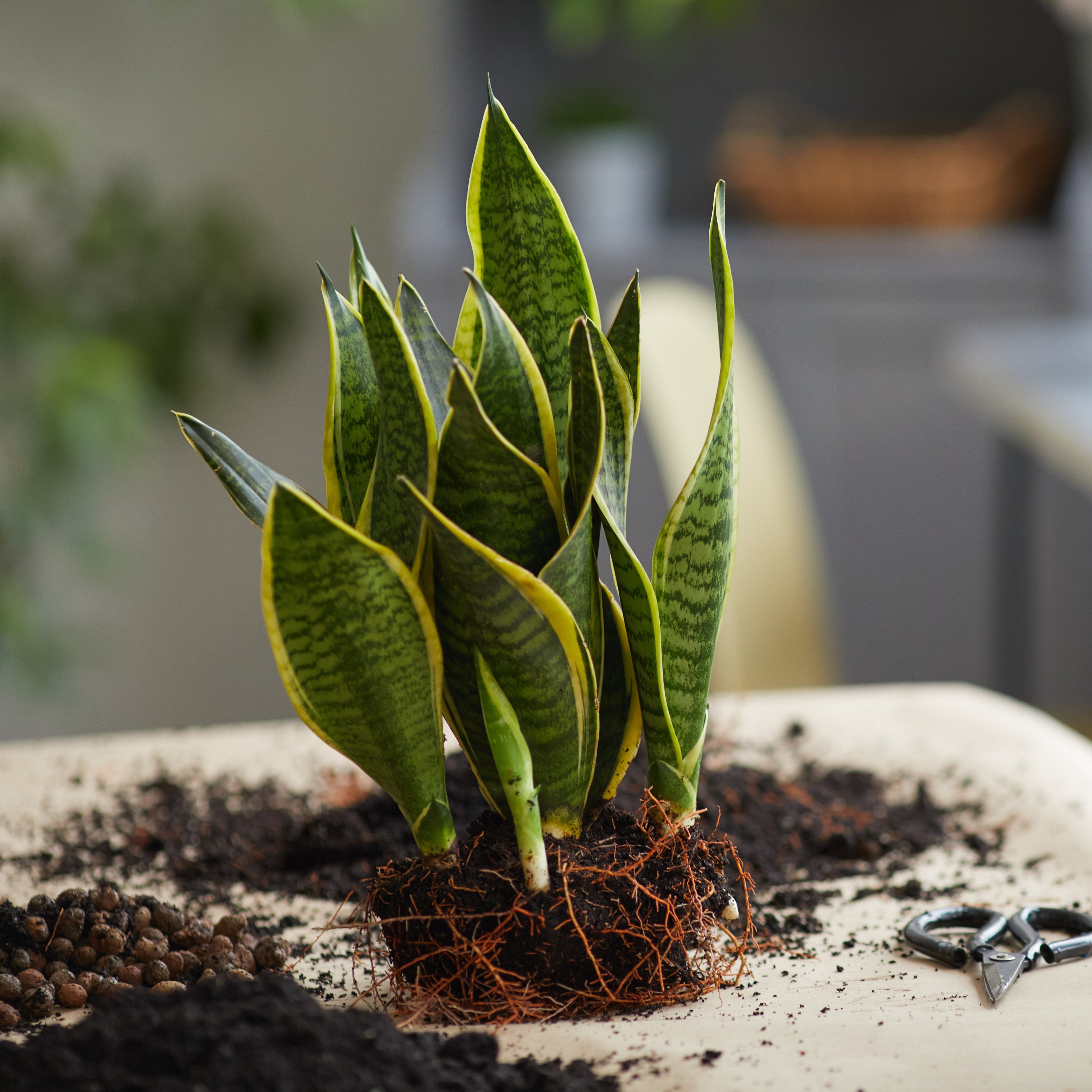
Soil
Snake plants prefer well-draining soil to avoid root rot. Use a cactus or succulent mix, or add perlite/sand to improve drainage in regular potting soil. Maintain slight moisture, allowing the soil to dry out between waterings. For optimal growth, fertilize snake plants with a general houseplant fertilizer once a month throughout the spring and summer seasons.
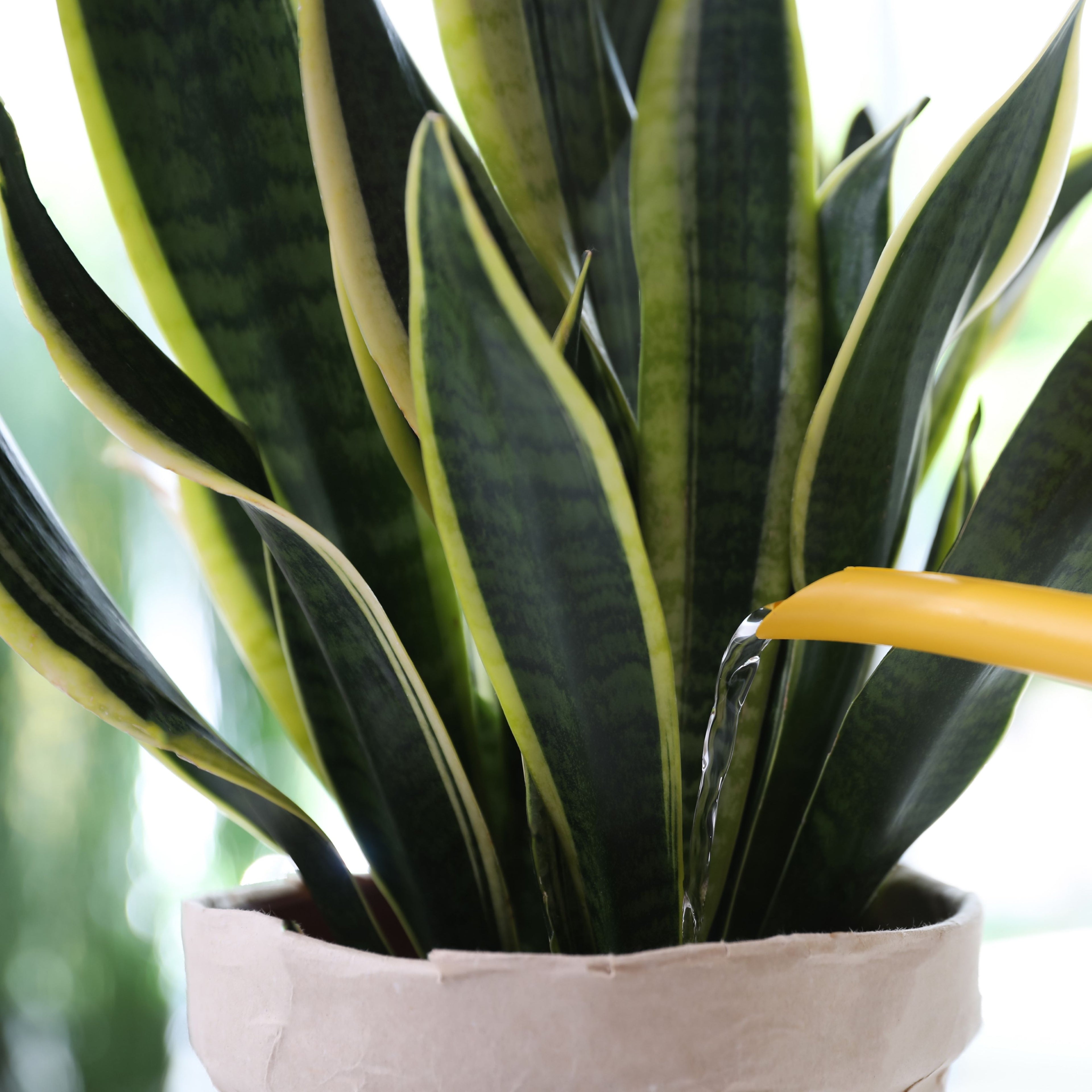
Watering
Water snake plants sparingly, allowing the soil to dry out completely between waterings. Thoroughly saturate the soil when watering, ensuring it drains well. Remember, snake plants are drought-tolerant and prefer to be underwatered rather than overwatered.

Toxicity
Snake plants, while attractive and hardy, are toxic if ingested. They contain saponins which can cause discomfort in humans and pets, including cats and dogs. To ensure safety, it's best to keep these plants out of reach of curious pets and children.
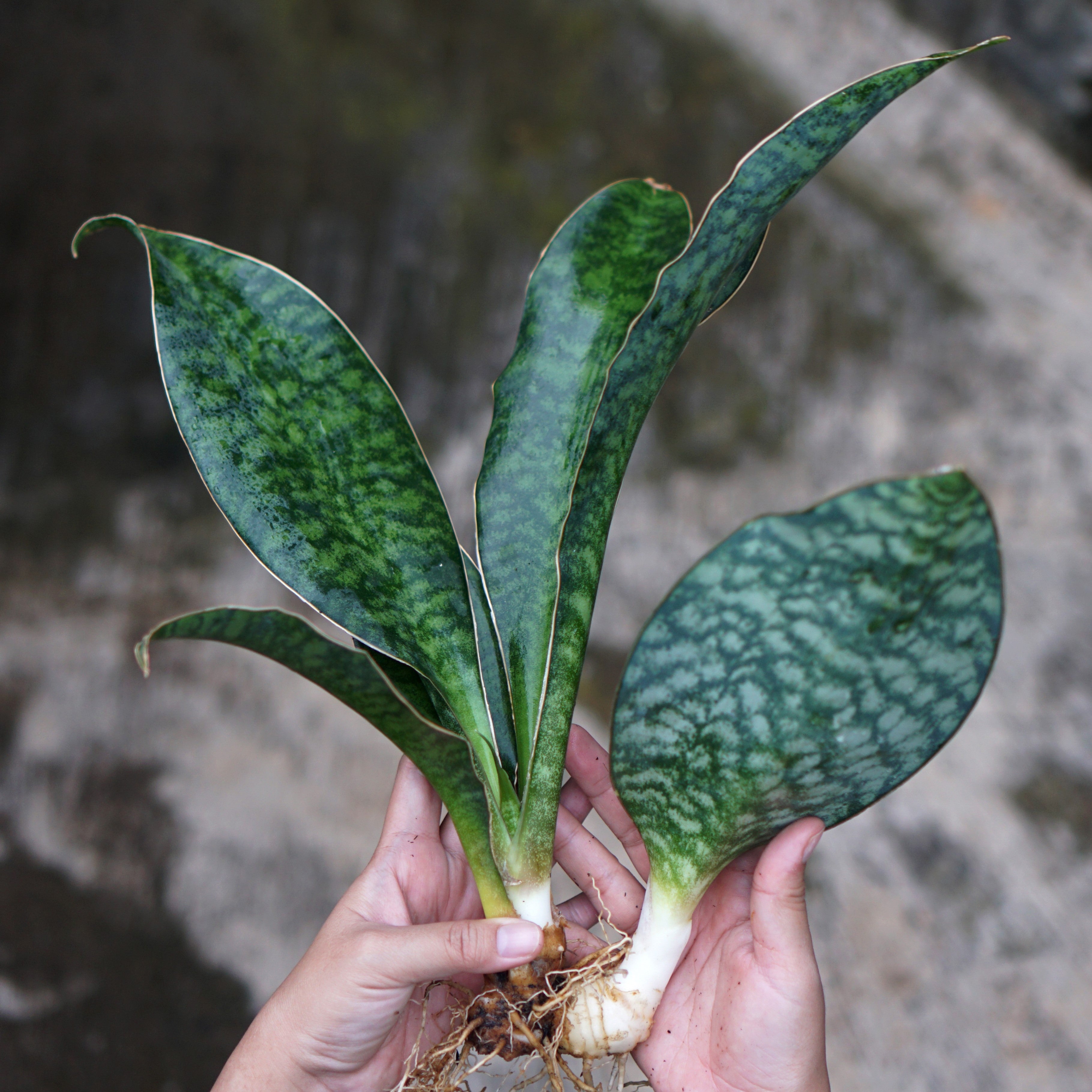
Propagation
To propagate snake plants, cut a healthy leaf into sections and plant in well-draining soil, keeping the original top side up. Alternatively, divide the plant into smaller parts during repotting. Water sparingly until rooted.
A Serpent's Garden: Snake Plant Varieties
Welcome to the diverse world of snake plant varieties. With unique forms ranging from tall cylinders to broad, vibrant leaves, each type offers its own distinct charm.
I hope this article helps your snake plants flourish! Snake plants are resilient and low-maintenance, making them a joy to cultivate. At Happy Roots, we offer double-lined and bottom watering compatible plant pots, which are ideal for snake plants. Wishing you a happy gardening experience!
- Rikki
Works Cited
New York Botanical Garden - Snake Plant (Dracaena)
The Pennsylvania State University - Snake Plant: A Forgiving, Low-maintenance Houseplant
Colorado State University - Plant Talk Colorado Snake Plant
University of California - Snake Plant!
Cornell University Extension - Sansevieria trifasciata
North Carolina Extension Gardener - Dracaena trifasciata

